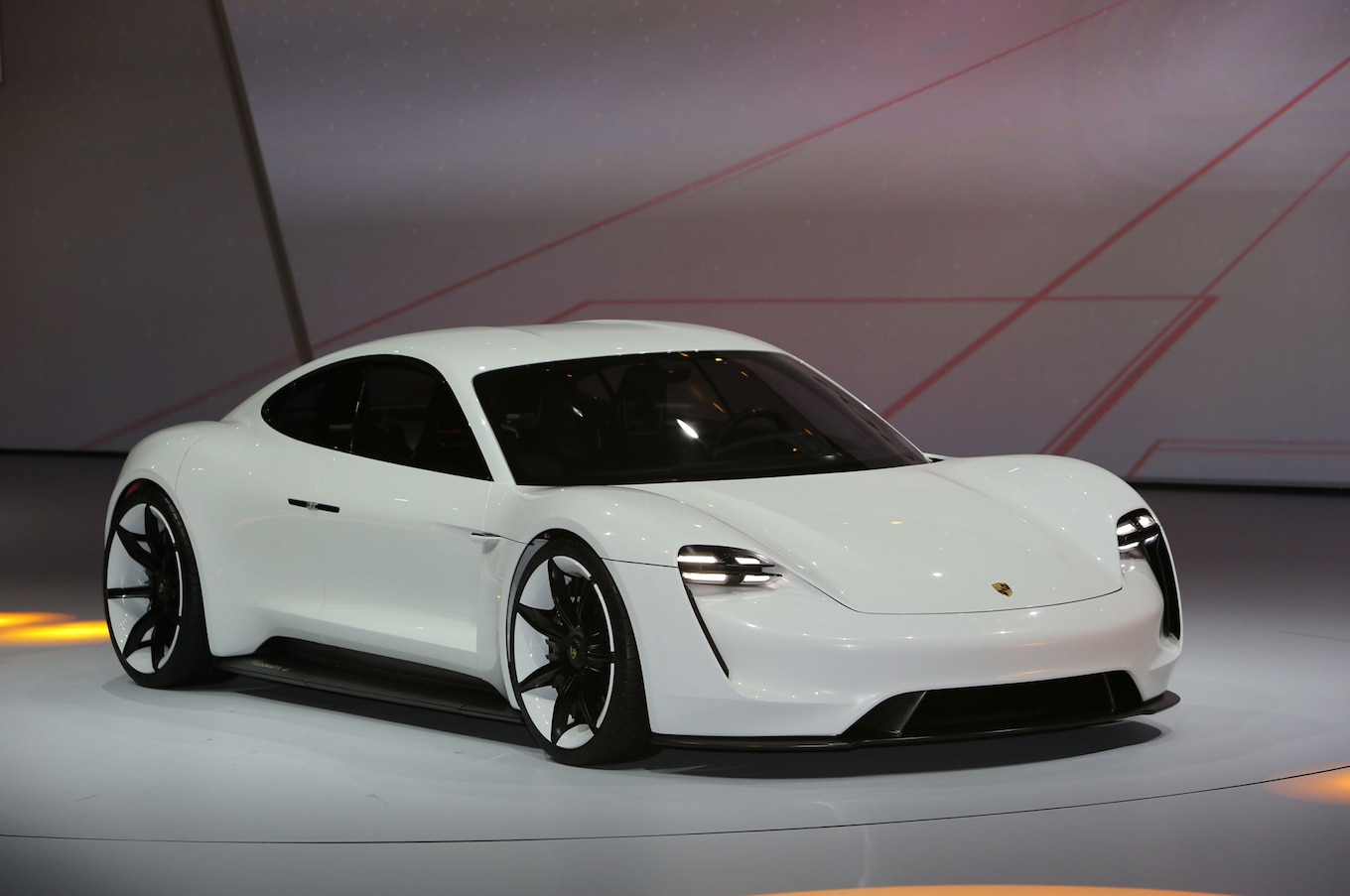peterharvey
Fan
- Messages
- 53
- Reactions
- 74
Honestly I got a strange thoughts
If the next IS length will be nearly as the current Mark-X, will this makes it confirm that there is a next generation Mark-X with the exact dimensions???
Traditionally, Altezza/IS/Mark X/Crown/GS all share the same platforms and engines.
In 1989, the Japanese Passenger Car Tax which limited metric dimensions to 4.7 m long x 1.7 m wide was abolished so that Japanese cars could be more competitive globally, however the Mark Series was originally deliberately half a size larger than Altezza/IS, yet deliberately half a size smaller than Crown/GS continues to be produced for the Japanese Domestic Market JDM.
The Toyota Mark Series is a car customized to the JDM.
So as the compact IS & midsize Crown/GS ranges creep up in size, gradually the IS range would only be a Mark X wearing different sheet metal, different upholstery, and with different spring/damper/roll bar rates.
If I remember correctly, since 1989 the Toyota Mark Series hasn't increased more than 3"/75 mm in Japanese metric terms in length/width/height; only the wheelbase has grown by over 6" due to improvements in torsional rigidity & bending stiffness.
Notice how originally, the Nissan Skyline is the sporty competitor to the Toyota Mark Series?
Notice how the Infiniti Q50 is the Nissan Skyline.
Thus the Infiniti Q50 is more spacious than the likes of: C Class, 3 Series, IS etc.
However the Q50 has bulkier handling too - size & handling are a compromize.
I have a different theory regarding 4IS & 5GS.
I suspect 4IS won't increase in size dramatically over its competitors C Class, 3 Series and A4.
I suspect that 5GS ICEV traditional Internal Combustion Engine Vehicle is only being axed to make way for the forthcoming Lexus midsize luxury RWD-based battery powered electric vehicle BEV in the GSb/GSe - whatever you like to call it.
Electrification is just around the corner.
Electrification is another controversial/debatable topic.
Back in the late 1990's, a number of people thought that Kodak Color would be with us forever, and that digital photography with its limited resolution & limited colors etc - would never make it...

Last edited:

